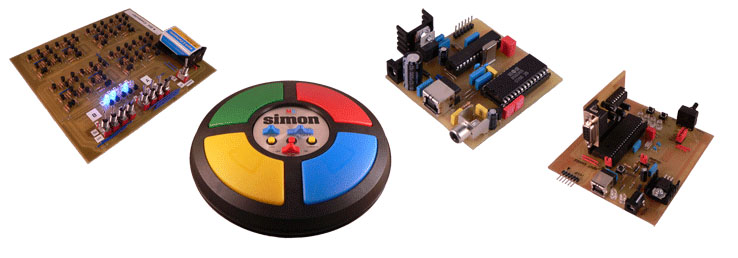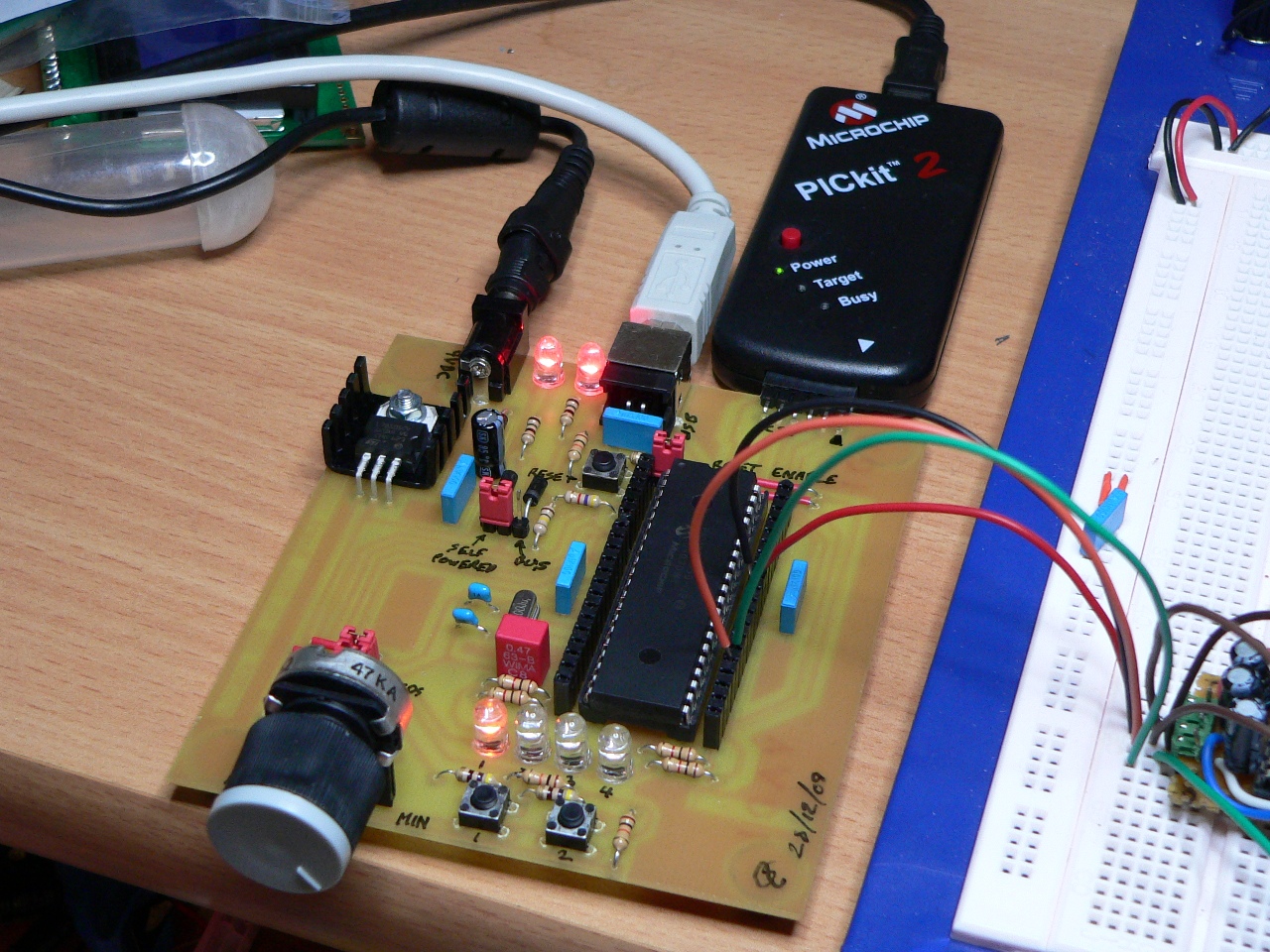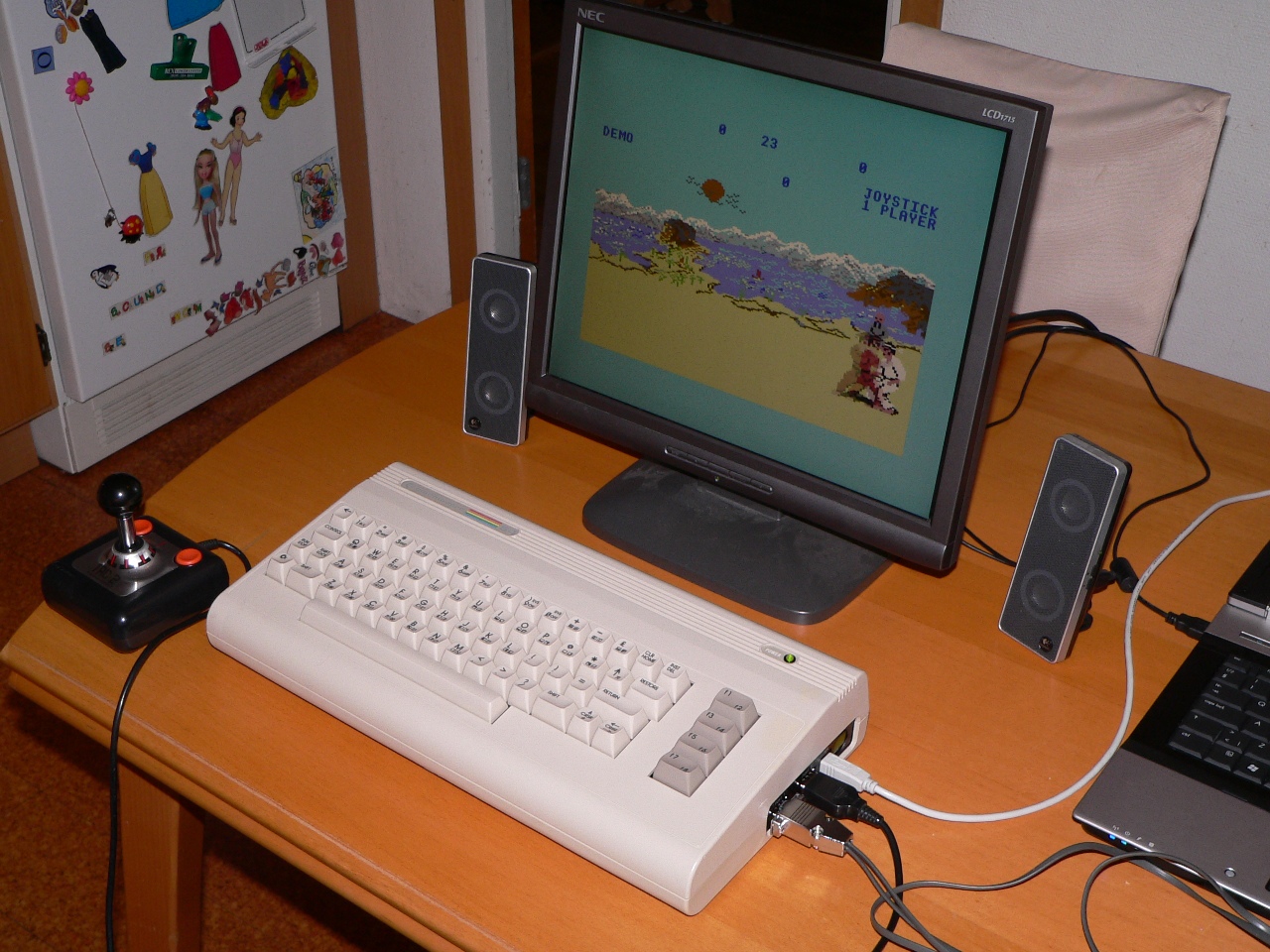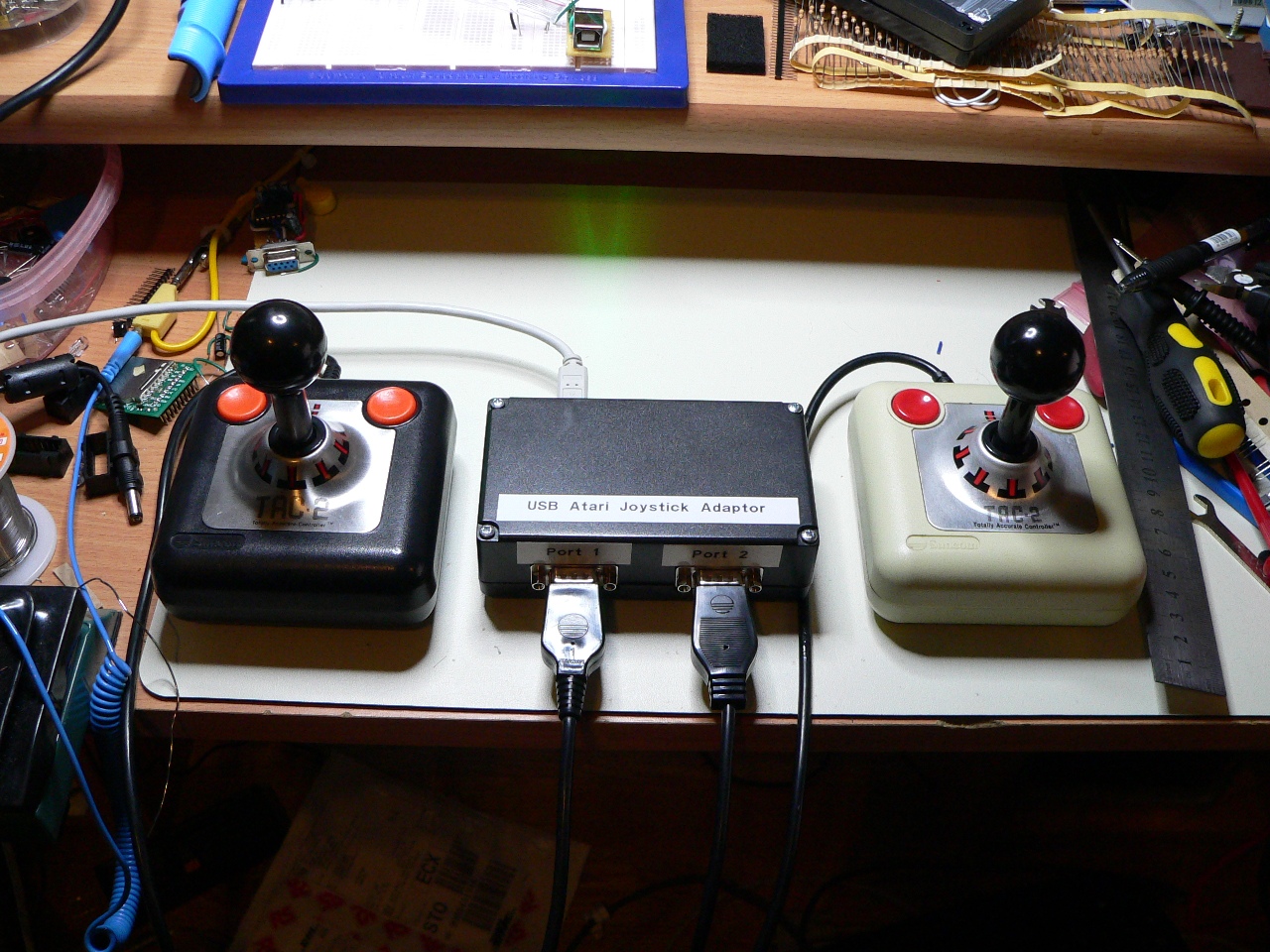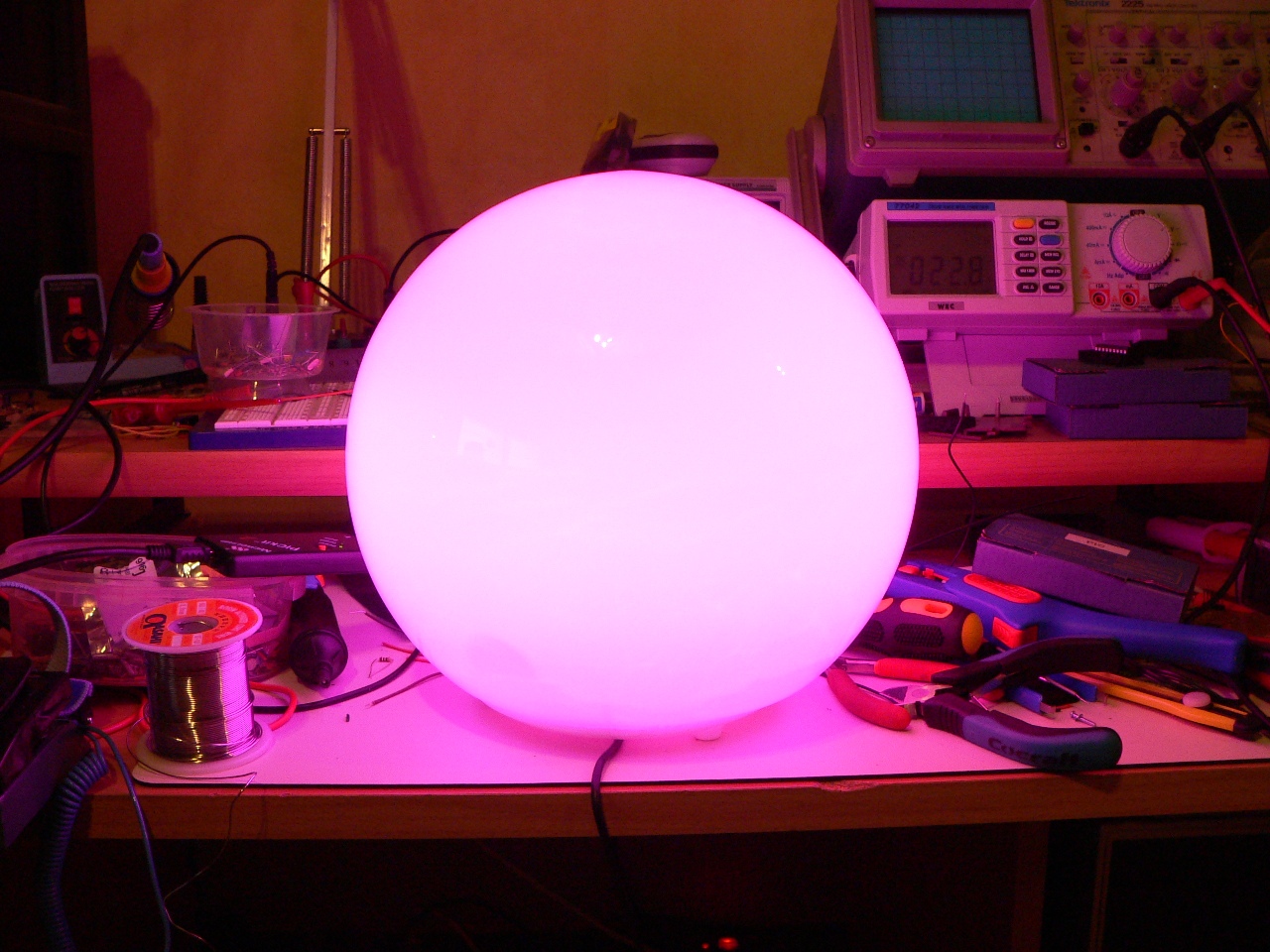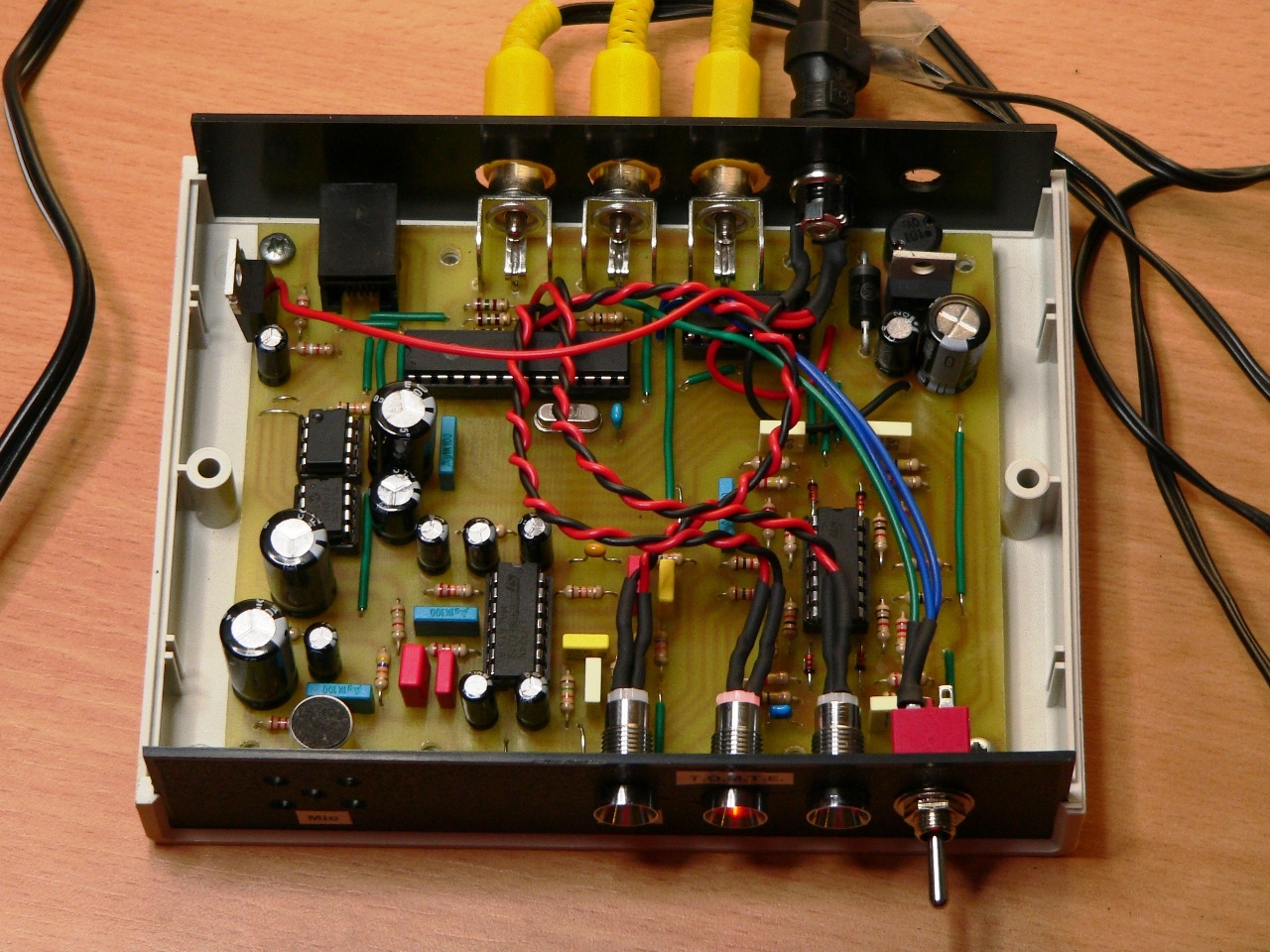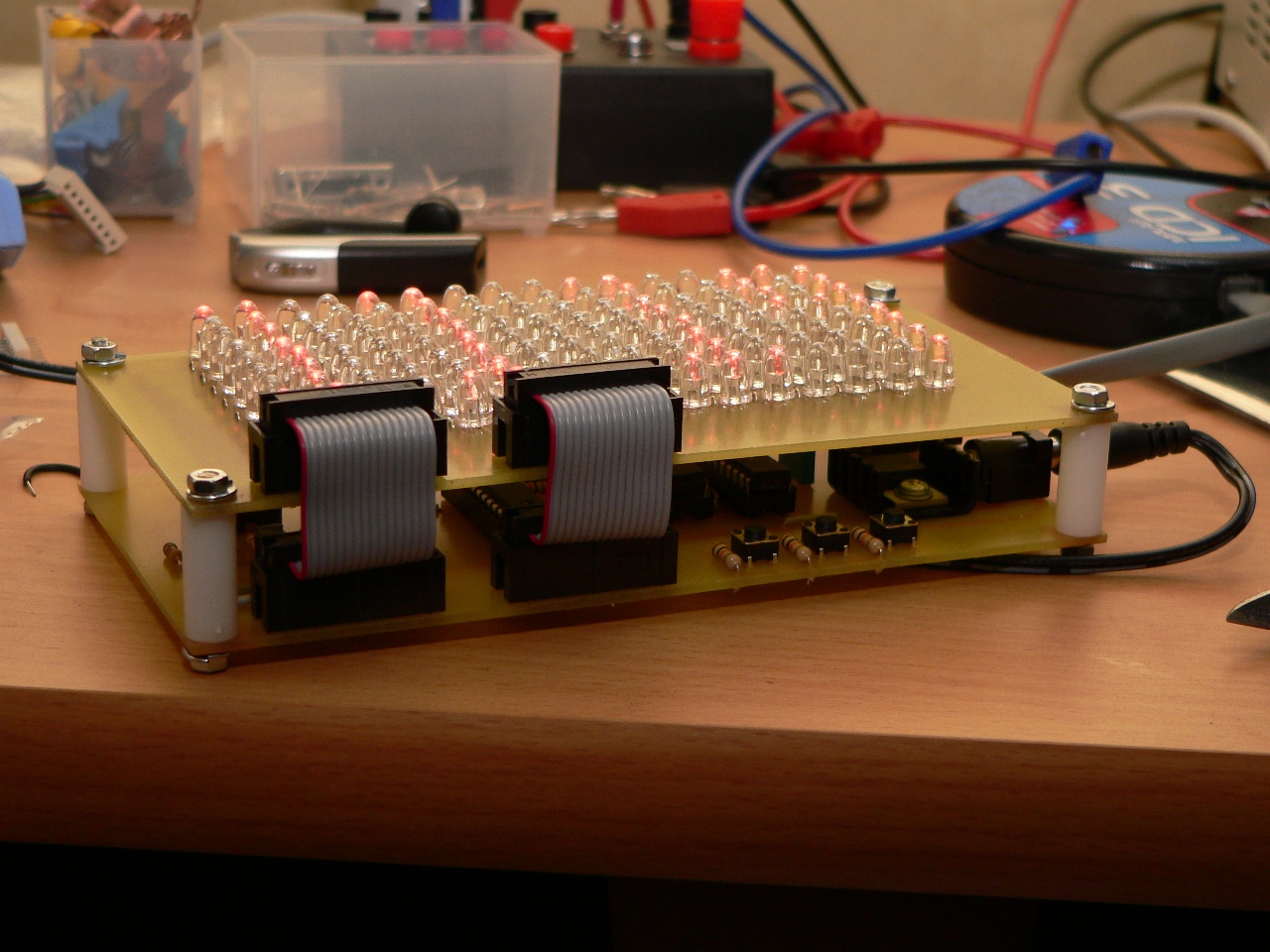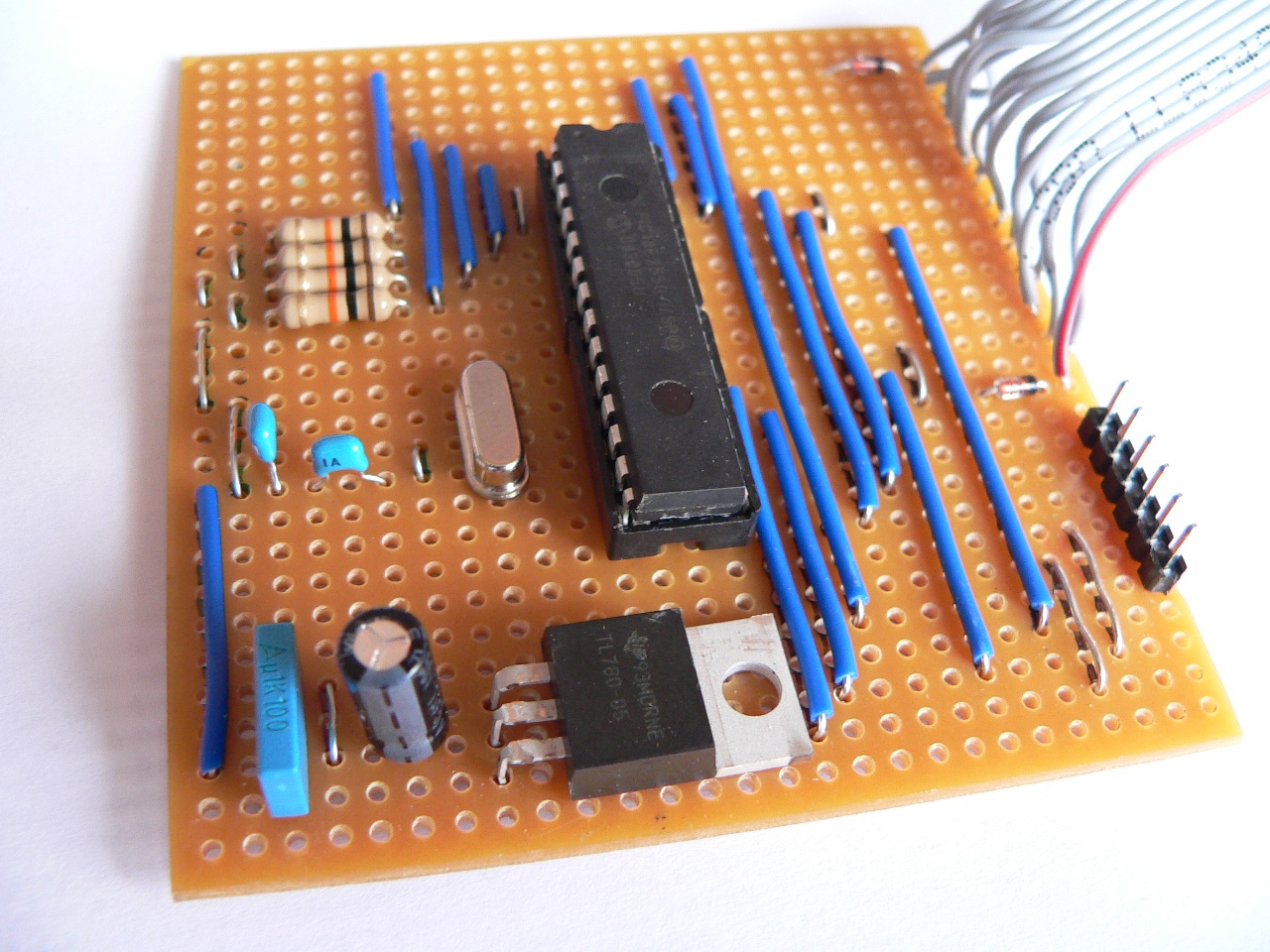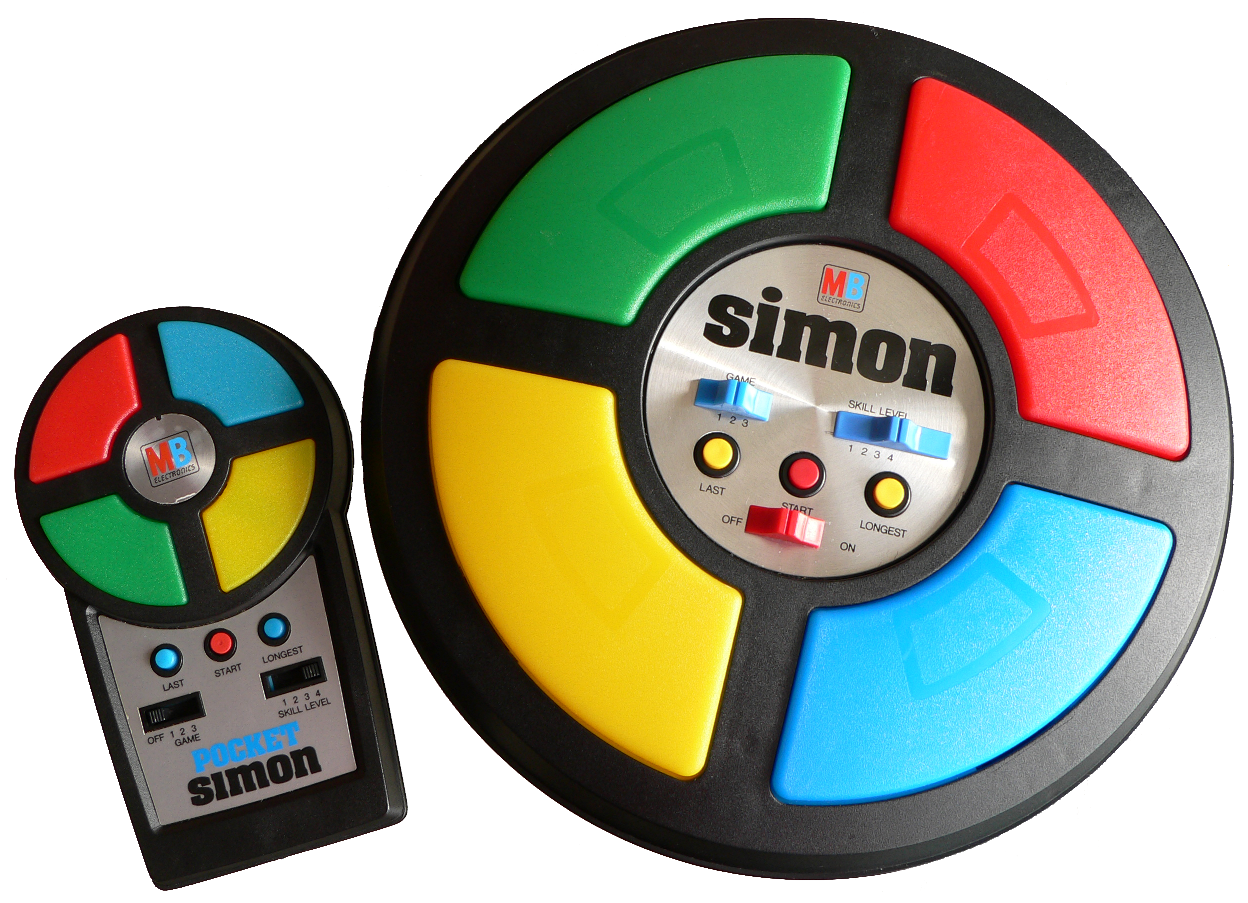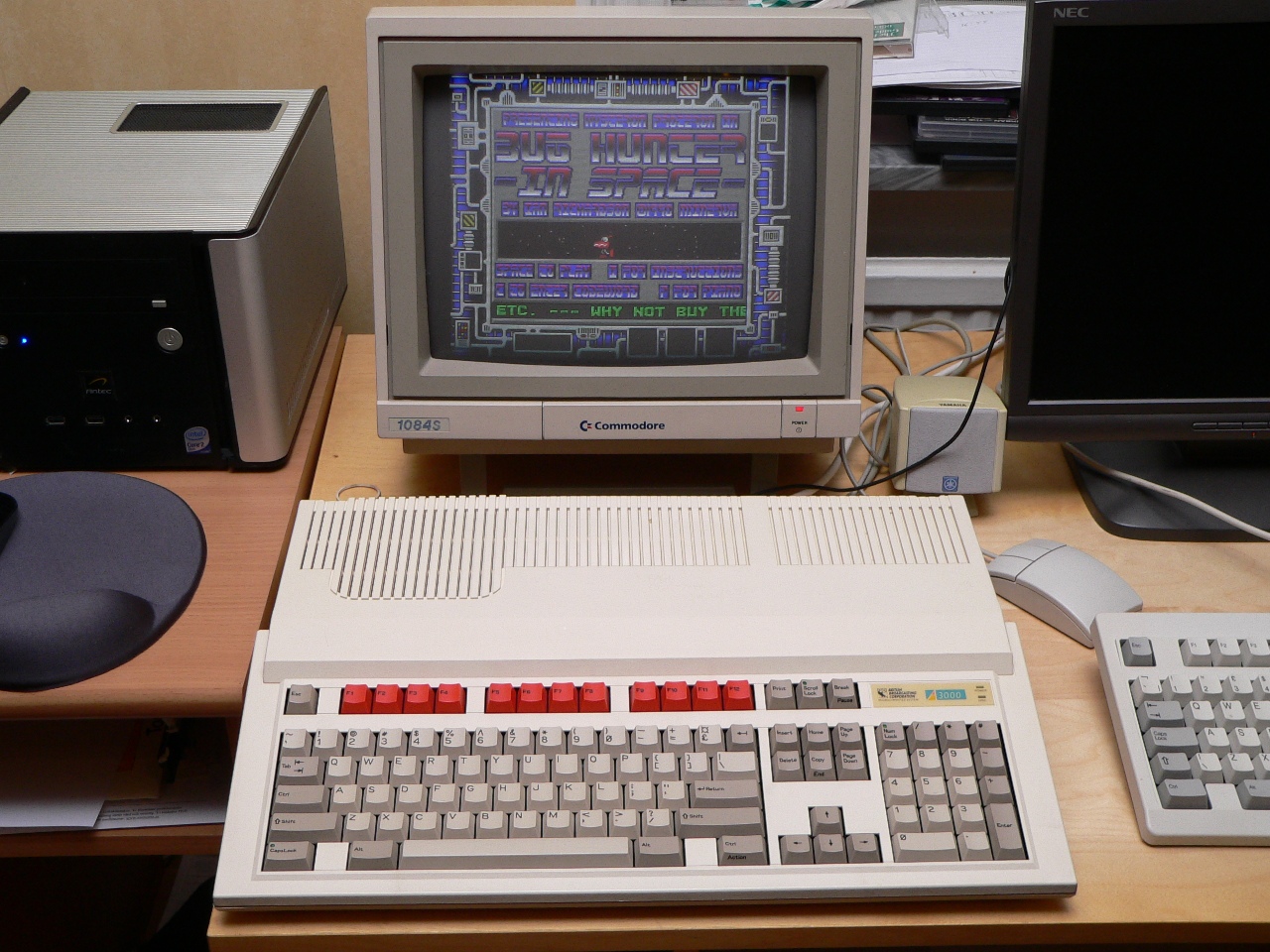PIC USB Development Board
- Posted by Simon Inns
- Posted on January 30, 2010
- PIC Microcontroller,USB
- No Comments.
Since I wanted to do some USB development work with the PIC18F4550 and PIC18F2550 board (for projects like my C64 VICE front-end and Atari joystick adaptor) I needed a USB reference board to develop the software. Initially I ported the Microchip USB stack over to Hi-Tech C18 pro with the help of Richard Stagg. In […]
C64 VICE Front-End
- Posted by Simon Inns
- Posted on January 22, 2010
- PIC Microcontroller,Retro Computers,Reverse engineering,USB
- 2 Comments.
The aim of this project was to create a front-end for Commodore 64 emulation using VICE. One of the primary problems with emulators (especially for machines from the ’80s) is that there was no standard keyboard arrangement. In this project I took a broken Commodore 64 computer and replaced the motherboard with a PIC microcontroller […]
Atari Joystick USB Adaptor
- Posted by Simon Inns
- Posted on January 10, 2010
- PIC Microcontroller,Retro Computers,USB
- 1 Comment.
This project implements a composite USB device supporting two USB 2.0 full-speed gameport HID interfaces. The physical joystick ports are wired in accordance to the ‘Atari standard’ allowing connection of most Commodore 64 and Amiga joysticks as well as older Atari 2600 compatible joysticks. It’s purpose is to allow game play on Linux and Windows […]
RGB Luxeon Star Mood Light
- Posted by Simon Inns
- Posted on December 25, 2009
- Light,PIC Microcontroller
- No Comments.
The Luxeon Star RGB Mood Lamp requires a 9V DC power supply with at least 1500mA. The connection to the lamp is a 2.1mm DC jack which should be centre positive. The jack should be inserted into the lamp and the lamp assembled before plugging the power supply into the mains socket. The light can […]
LED Colour Organ
- Posted by Simon Inns
- Posted on November 25, 2009
- Light,PIC Microcontroller,Sound
- No Comments.
I’ve always been interested in sound-to-light conversion since both playing music and electronics are both hobbies of mine, so I decided it would be great to build a ‘colour organ’ of some sort. Much surfing and googling later revealed that there didn’t seem to be any pre-existing designs available on the web that suited my […]
16×8 LED Matrix Display
- Posted by Simon Inns
- Posted on November 4, 2009
- Light,PIC Microcontroller,Uncategorized
- 1 Comment.
The 16×8 LED Matrix clock was a project I built for my office. I wanted to have a clock for my desk which was a little unusual. I decided to build a 16×8 red LED matrix display and then interface this with a PIC18F2550 based circuit including a real-time clock and a temperature sensor. The […]
Simon18F
- Posted by Simon Inns
- Posted on August 31, 2009
- Light,PIC Microcontroller,Reverse engineering,Sound
- No Comments.
Simon18F is a project to replace the custom MB4850 processor of the MB Electronics Simon game with a PIC18F2550; initially to emulate the original Simon games and, later, to enhance the existing games and add new ones. For a video of this project including commentary please see the following: Hardware The Simon18F processor board is […]
Reverse Engineering an MB Electronic Simon Game
- Posted by Simon Inns
- Posted on August 10, 2009
- Light,Reverse engineering,Sound
- 9 Comments.
The MB Electronics Pocket Simon game has a very simple circuit thanks to the inclusion of a custom MB Electronics processor (the MB4850) which performs nearly all of the functions for the game. The only other significant piece of electronics is a SN75494N chip which interfaces the processor to the light‐bulbs and the built in […]
Restoring an Acorn A3000 computer
- Posted by Simon Inns
- Posted on March 4, 2009
- Acorn,Repair,Retro Computers
- No Comments.
Released in 1989, the Acorn BBC A3000 computer was the last of the BBC branded machines Acorn produced and as a ‘cheaper’ all-in-one unit and was the machine most Acorn loving Brits had for games, programming and a whole host of other applications in the early 1990s. At the time of writing (March 2009) there […]
Donate to waitingforfriday.com:
If you like this site and want to help support future projects, or you just want to show appreciation for a project you built, used or enjoyed, please consider leaving a PayPal donation. It’s quick, secure and helps us to run the site and fund future projects!

